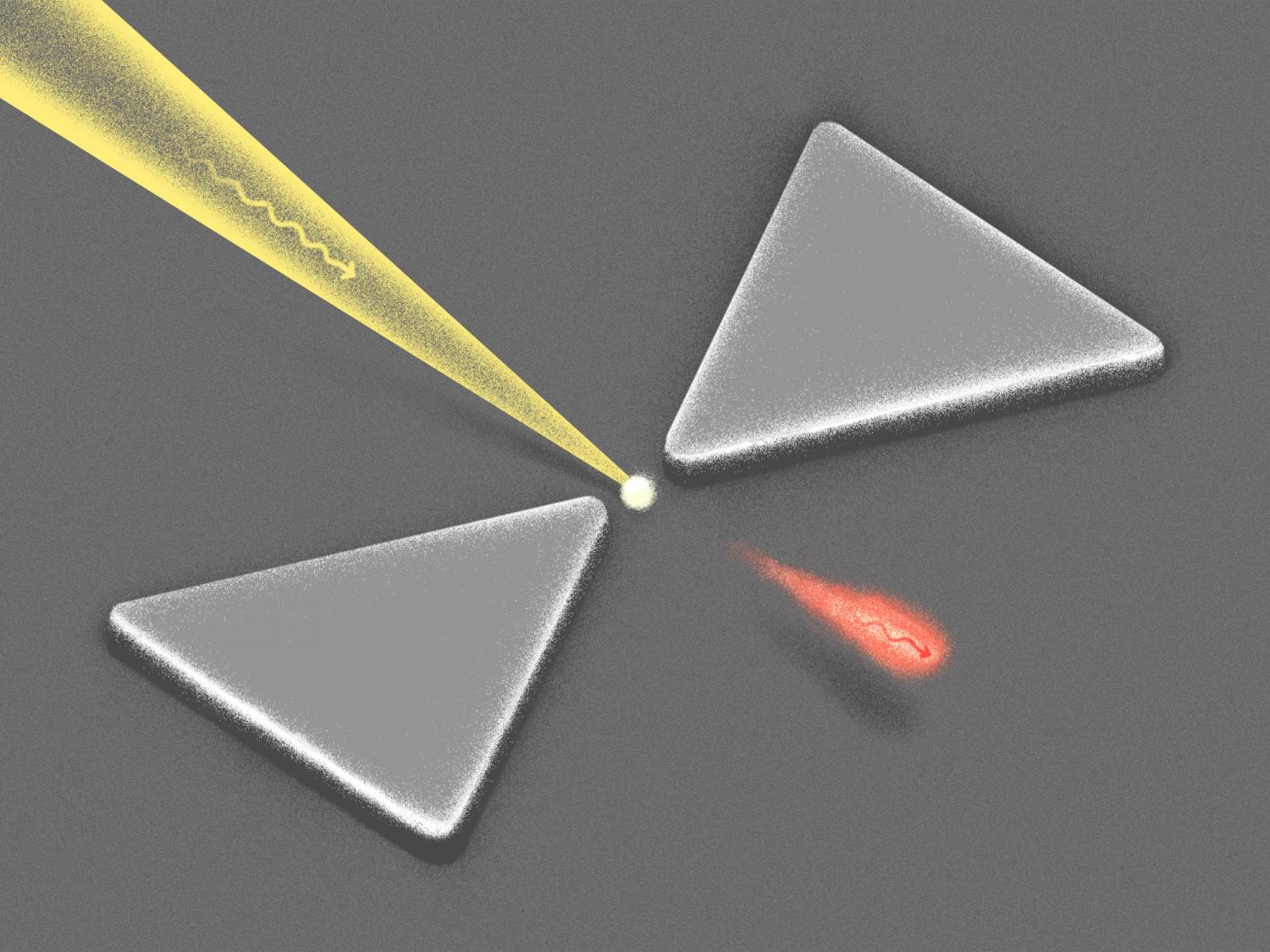(Nano Telecommunication) Interior building Nano Rectenna Rectenna
Researcher and author: Dr. ( Afshin Rashid)
Note: In the Rectenna solar system, millions of nano-antennas with a suitable rectifier are placed next to each other and each generates electricity separately using sunlight.
Nano-telecommunications include electronic devices and instruments, one of the dimensions of which is about one to several hundred nanometers. Therefore, if the antennas used in nano-components are to be within this range, one should expect the electromagnetic waves used in The connections of these systems and devices are about a few tens of terahertz, which will include infrared, visible and ultraviolet wavelengths. The conversion of light energy of the sun absorbed by the antenna is done by a suitable rectifier. Suitable diodes for this frequency range are 12MIMs. This diode must be able to operate at frequencies above 30 terahertz. Schottky diode is a semiconductor diode with low voltage drop and relatively fast response speed Has the ability to rectify and detect signals with a frequency of up to 5 terahertz. The MIM diode can be used as an alternative to the Schottky diode in the infrared and visible frequency range due to its femto second tunneling time and dramatic increase in response speed .
Because nano-antennas have the ability to absorb a wide angle, their efficiency is maintained to a considerable extent even if the sun is inclined to the surface of the solar panel . The system can also absorb energy from the ground, or ground radiation from the sun's daily radiation to the earth's surface , which occurs at wavelengths of 10 micrometers , or frequencies of about 90 terahertz, which is why nano-antennas Solar rectum systems can generate electricity by collecting this radiation during the night or in bad weather conditions . At present, the diode and antenna structures used in the solar rectum are fabricated using the electron design method. This method though Manufacturing is expensive and time consuming to produce on a laboratory and research scale , but if these structures are produced in large volumes and with the proper method , they reduce the cost and speed of the manufacturing process. When a solar electromagnetic wave hits the surface of a nano-antenna, a time-varying current is generated on the surface of the nano-antenna, resulting in a voltage generated at the supply gap.
Conclusion :
In the Rectenna solar system, millions of nano-antennas are placed side by side with a suitable rectifier , each of which generates electricity separately using sunlight.
Researcher and author: Dr. ( Afshin Rashid)
PhD in Nano-Microelectronics





